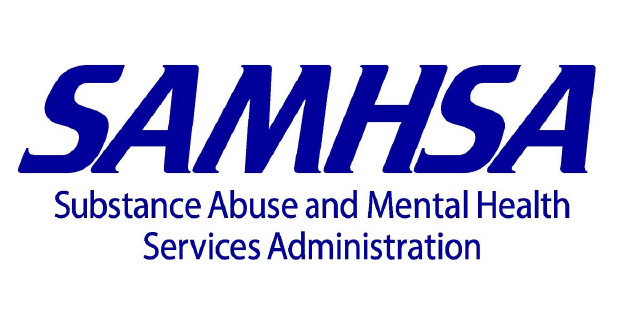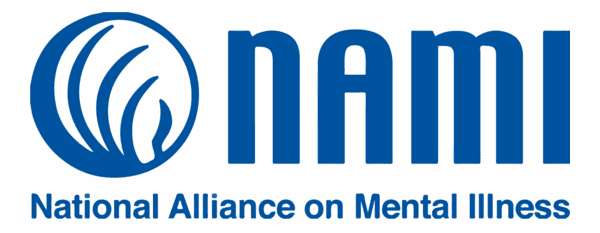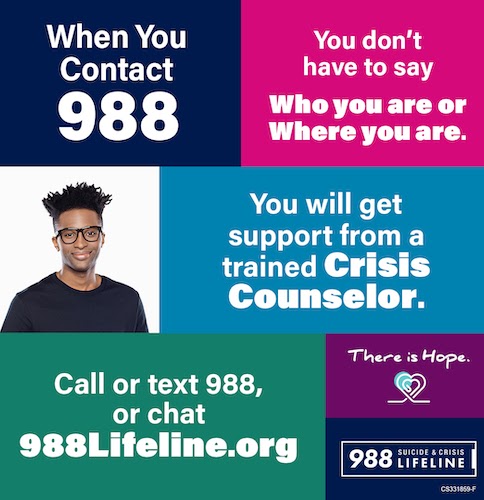Just the Facts
Each October, Newton County Community Coalition hosts a Just the Facts campaign to increase awareness and share resources to prevent substance abuse in our community. Check out all of the information and resources below!
What is Just the Facts?
This campaign is designed to address the myths, misconceptions, and truths concerning substances. The Newton County Community Coalition hopes to educate parents and caregivers of kids, equipping them with the tools and knowledge they need to navigate challenging conversations. All of the information provided is evidence-based, unbiased, and true. That’s #JustTheFacts.
Alcohol Awareness
Alcohol is the most commonly used substance among young people in the U.S. The 2021 Youth Risk Behavior Survey found that among high school students, during the past 30 days:
23% drank alcohol
11% binge drank
5% of drivers drove after drinkiing alcohol
14% rode with a driver who had been drinking alcohol
Rates of current and binge drinking among high school students have generally been declining in recent decades. Although males historically had higher rates, in 2019 and 2021, female high school students were more likely to drink alcohol and binge drink than male high school students.
Dangers of Drinking
Youth who drink alcohol are more likely to experience:
In general, the risk of youth experiencing these problems is greater for those who binge drink than for those who do not binge drink. Early initiation of drinking is associated with development of an alcohol use disorder later in life.
The Dangers of Opioids and Fentanyl
Each generation of kids looks for new ways to get high. Recent trends indicate they are increasingly turning to prescription (Rx) or over-the-counter (OTC) medicines. Teens report getting many of these medicines from home medicine cabinets and mistakenly believe that they are “safer” than other drugs.
To dispose of unused prescription medications, call your local police department or sheriff’s office.
You can also call the Alliance at 417-782-9899 and request a free medication disposal pouch.
Marijuana Myths
Think you know everything about today’s marijuana? Think again. The brain is responsible for memory, decision making, learning, attention reaction time, and many other things. Marijuana use affects the brain and limits those functions. Marijuana use also can also slow down brain development. Since the brain is still developing until the age of 25, this slow down can hinder many of the above areas the brain runs.
A little over 10% of youth using marijuana develop a dependency on the drug. Using marijuana as little as once a week can develop a dependence on marijuana. Marijuana dependence can cause poor performance in school, trouble sleeping, increase in use of other dangerous drugs, increased anxiety and other mental health issues later in life.
The Insurance Institute of Highway Safety conducted a study and found a 5.8% increase in injury related car crashes and a 4.1% increase in fatal car crashes since legalization of recreational marijuana began in 2014. Marijuana causes impairment just like drinking an alcoholic beverage.
According to the 2022 Missouri Student Survey, 92.5% of Missouri students said they had not used marijuana in the last 30 days. There is a perception that all kids do it, but in fact, most kids do not. Marijuana legalization has, however, decreased students’ perception of harm to 39.1% of students feel it is harmful to smoke marijuana once or twice a week.
Vaping is NOT Harmless
Vaping isn’t just “flavored water vapor.” Vaping involves inhaling “e-juice” in the form of aerosol produced by an electronic cigarette or vape device. The aerosols typically contain flavorings such as diacetyl, a chemical linked to serious lung disease, nicotine and other harmful chemicals. Vape cartridges or “pods” can also be filled with THC, CBD or other “e-juice.”
Who is Vaping?
14.1% (2.14 million) of high school students and 3.3% (380,000) of middle school students reported e-cigarette use. That’s according to results from the Annual National Youth Tobacco Survey.
Electronic cigarettes (e-cigarettes) are the most commonly used tobacco product among youth.
From 2017 to 2018, use of e- cigarettes (commonly referred to as vaping) among youth increased by 78%, resulting in over 3.6 million U.S. middle and high school students using the product in 2018. The significant increase in youth use prompted the Food and Drug Administration to classify e-cigarette use among youth as an epidemic.
Many young people who use e-cigarettes also smoke cigarettes.
There is some evidence that young people who use e-cigarettes may be more likely to smoke cigarettes in the future. Specifically, a 2018 National Academy of Medicine report found that there was some evidence that e-cigarette use increases the frequency and amount of cigarette smoking in the future.
True or False?
There are labels on e-cigarettes or vapes that tell you exactly how much nicotine is in it and what other chemicals are in it, too.
FALSE.
Some vapes that claim they are nicotine-free are not.
Some vapes can be tainted or contaminated.
5% of drivers drove after drinkiing alcohol
You may be offered a vape, but remember, you don’t know what is in it.
True or False?
Most vapes or e-cigarettes don’t have nicotine in them.
FALSE.
95% contain nicotine, a highly addictive chemical found in tobacco products.
Some e-cigarettes may contain as much nicotine as a pack of 20 regular cigarettes.
Did You Know?
More than a quarter (27.6%) of current youth e-cigarette users use an e-cigarette product every day.
More than 4 in 10 youth e-cigarette users report using e-cigarettes at least 20 of the last 30 days.
Findings show that in 2022, more than 1 in 10 middle and high school students (3.08 million) had used a tobacco product during the past 30 days – including 16.5% of high school and 4.5% of middle school students.
E-cigarettes also can be used to deliver other drugs, including marijuana; in 2016, approximately one-third of U.S. middle and high school students who have ever used an e-cigarette reported using marijuana in the device.
Defective e-cigarette batteries have caused fires and explosions, a few of which have resulted in serious injuries. Children have also been poisoned by swallowing, breathing, or absorbing e-cigarette liquid through their skin or eyes. Nationally, approximately 50% of calls to poison control centers for e-cigarettes are for kids 5 years of age or younger.
Long-term use of electronic cigarettes, or vaping products, can significantly impair the function of the body’s blood vessels, increasing the risk for cardiovascular disease. Additionally, the use of both e-cigarettes and regular cigarettes may cause an even greater risk than the use of either of these products alone.
The CDC recommends that people do not use THC-containing e-cigarettes or vaping products.
 RESOURCE LINKS
RESOURCE LINKS
Learn about ways to find help, talk to your parents, how social media affects your mental health, and more.
Learn the truth about the most common mental health myths and information to help destigmatize them.
Youth mental health information and support.
Free and confidential, staffed 24/7 by trained mental health professionals. You can call, text or chat online at 988lifeline.org
Parent/Adult Resources
 SAMHSA Mental Health Facts Learn the truth about the most common mental health myths and information to help destigmatize them.
SAMHSA Mental Health Facts Learn the truth about the most common mental health myths and information to help destigmatize them.
SAMHSA Mental Illness and Substance Use in Teens Many teens use substances as coping mechanisms to deal with their struggles. Find information and resources here.
 NAMI Warning signs and symptoms to look out for.
NAMI Warning signs and symptoms to look out for.
![]() NetSmartz Technology usage can have a drastic effect on mental health. Find help from the Center for Missing and Exploited Children.
NetSmartz Technology usage can have a drastic effect on mental health. Find help from the Center for Missing and Exploited Children.
Child Mind Institute Mental health disorders and their relationship to teen substance use.
 FEAST Eating disorders can be difficult to diagnose and navigate. Find Support here from Families Empowered and Supporting Treatment of Eating Disorders website.
FEAST Eating disorders can be difficult to diagnose and navigate. Find Support here from Families Empowered and Supporting Treatment of Eating Disorders website.
Psychology Today Therapist finder can help connect you with a provider in our area.


